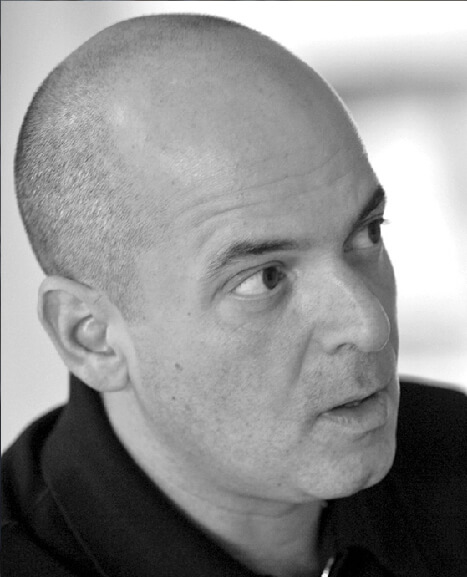
Murat Tabanlıoğlu
– How can architects, Planners and landscape designers intervene to alleviate the human afflictions in the realm of the built environment?
– Please follow this idea: Between the countries from different civilizations in the Asia continent, there has been a constant history of trade, migration and sharing of cultural practices, which has extended strongly, even in the field of architecture. I realized these countries has a deep and true connection with moral principal, which has affected all aspects of its society (Culture, Architecture, Art and their identity in general), their root and identity has influenced their architecture.
I also understood that their traditional architecture has been naturally developed in a sustainable manner, I believe that the underlying cultural, historical and spiritual values has led to creation of this form of natural sustainability.
” It is the differing uses of history, to create varied sets of architectural languages whiten our contemporary framework that is of interest. This is especially true in the context of globalization, which has a powerful tendency to homogenize.”
Hence, I would like to ask you as a member of the jury of Asia Architecture Award, do you consider this thought when you judge the projects?
Either referring to primary principals of Neo-Rationalism or New Rationalism, Aldo Rossi or Alexander Pope’s words of Genius Loci, every place has its own customs born out of conveniences and needs, including the geographic and cultural values. Align with vast technological developments of our era, almost anything is within the bounds of possibility, if one prefers. The question is, would the solution be feasible, and most importantly lovable and livable by the end user(s), would the inhabitants, citizens be content with the interpretation or would the “new” structure become an element of alienation, may be a luxurious yet a generic sculpture.
The foundation of the place and the demand of the consumers are the principle input of the architectural decisions. This does not necessarily mean to maintain and repeat what is existing, but using the local capacities, in terms of know-how, method and materials, the architect must be capable of using the most novel opportunities in a smart-local approach for a healthier and easier life pattern, for improved levels of individual and social well-being. The architectural element- from a single building, to a landscape organization or a master plan- is an esthetic contribution as long as it serves the environment and a holistic development.
– In order to understand the contemporary architectural and urban landscapes of Asia, in your opinion, what are the emergent manifestations of Asia in contemporary Architecture and Urbanism?
Asia has been experiencing an overwhelming rate of development with an impact on the international architecture scene. But Asia is a broad description. The contemporary samples vary from the ‘dehumanising’ tendencies of competitive urban items to down-toearth
humane solutions. Issues of our era create problems as well as resolutions.Beyon modernity, alongside the technological improvements, inequality in sharing
-natural, social and economic – resources impose gated communities that embrace of all that is best of the
globalized world, dominated by Western culture.
– How important is context in Contemporary Architectural Design? As a professional, researcher and educator working in Asia, what are factors, criteria or even constrains that have influential impact on your profession?
To me, context always must be taken into account in the design process, yet, building’s setting should principally inspire rather than constrain, without limiting architectural creativity.
Innovative response to the setting is important for a sustainable everyday living and urban development. Profound understanding of the space and its connections would lead the new building to fit well in its location, as if it has always been there, and moreover, it becomes a catalyst to urban life. A successful context-sensitive architectural work holds its contemporary identity while blending in with the existing values.
For example, we have very recently faced this in the special case of the Beyazit State Library renovation; the problematic was designing a contemporary structure in a heritage building which is also a significant fragment of urban culture with rich historical connections. With reference to its surrounding history starting from its façade, function-based design solutions through subtle nods like use of materials of today next to – or reflecting, even marking – the
existing qualities of the 15th century building, provided that the contemporary additions do not stand out too much. Briefly, contemporary architectural moves do not necessarily have to fall on one side of the “belongingness” issue or be a total “mismatch”.
